We had such a fun time at gymnastics yesterday! Students worked the whole time we were there and got in some great movement and exercise.
“Educating the mind without educating the heart is no education at all.” Aristotle
Tuesday was our amazing field trip to the Heights Garden, just a short walk away from the school. Anastasia and Nimira organized this field trip and Katy also helped teach the students. Divisions 15 and 16 learned so much about plants, gardening, growing, and edible and medicinal herbs grown in a garden. We were adventurous and tried some new herbs: mint, lemon balm and fennel! The students also went on a scavenger hunt to find things around the garden. Then we learned about the life cycle of plants. After that, we painted pots (pictured above) and were given dirt and seeds to plant in the pot. Anastasia and Nimira also organized for the students to have hot chocolate and a sweet treat. The students loved the day so much! Thank you to Heather who helped us to get the kids safely to the garden. Please take a walk down to the garden and your child can share with you some of the amazing things they learned there and introduce you to the garden.
Big Ideas:
Curricular Competencies:
Learning Involved:
First Peoples Principles of Learning:
Core Competencies:
Thinking – Critical and Reflective Thinking
Communication – Collaboration
Personal and Social – Social Awareness and Responsibility
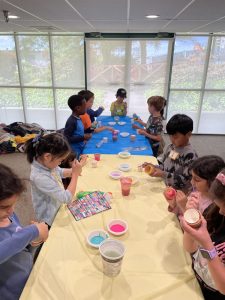
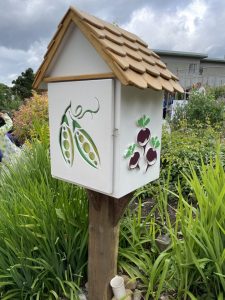
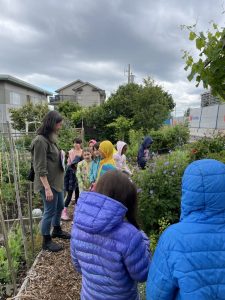
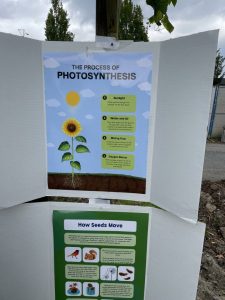
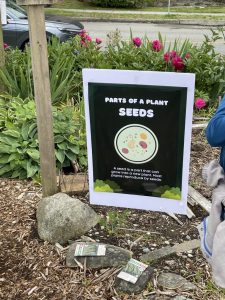
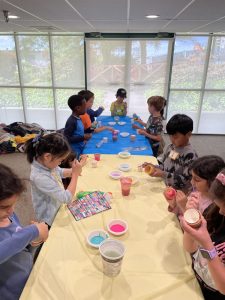
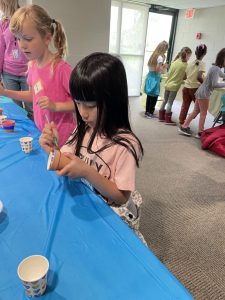
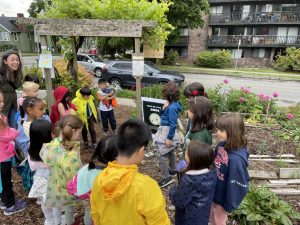
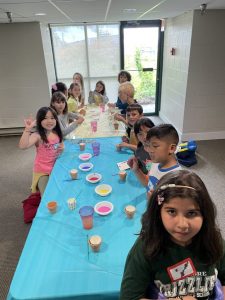
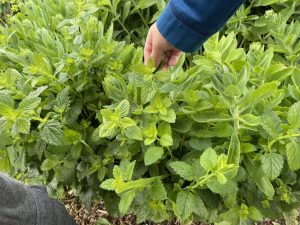
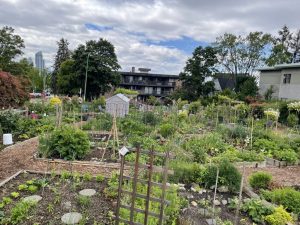
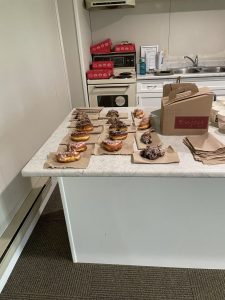
Julia was so generous to share her butterflies she raised at home to allow us to set them free all together.
Here are the pictures from releasing the butterflies!
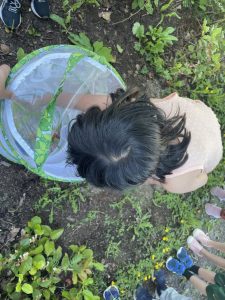
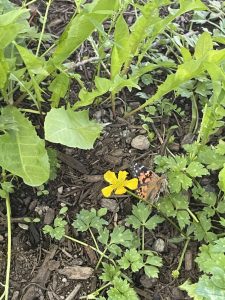
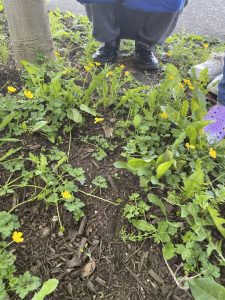
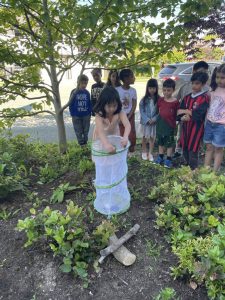
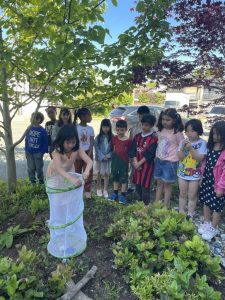
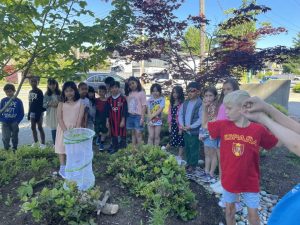
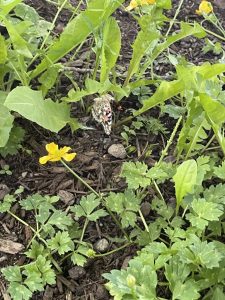
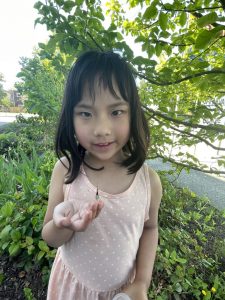
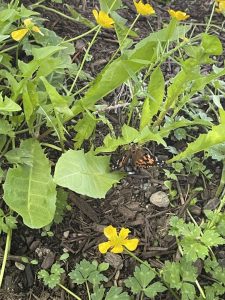
As the start to our Pride week, we participated in a school wide activity. We shared the story, 10,000 Dresses with our classes and after reading we had an excellent discussion. Then each of the students designed their own dresses. They were all so creative and different. Attached are pictures of the students’ creations and a link so that you can share the story at home.

Today was our colour day at school. We were a sea of colours in our room! We read the story called A Day in the Life of Marlon Bundo and discussed that love is love. The students shared their ideas with love and openness. The read aloud for this book is linked below.
I hope you have all had the chance to see the felting project we did. It was such a fun process! We used felting wool to create a picture. All students had to think of an idea of what they wanted to design. They used the wool fibers to create the picture. We then put that into a bag with water and soap and began to agitate the bag so the wool so the fibers can interweave and lock into place (this took 20-30 minutes!!)
Below are the pictures of what some of the projects looked like before the water and soap step. I was not able to get all the pictures of the “before”.
I also added a picture of a book with a sunset in it as some students used pictures in books as their inspiration!
Have a great weekend everyone!
On Wednesday, Div. 15 and 16 celebrated Fancy Day with an afternoon tea party. Some students went all out and were very fancy! Students were encouraged to have a growth mindset and try a variety of teas offered. We tried gingerbread, apple cinnamon, camomile, iced and chai tea. Rahil’s mom, Lamia made two types of chai teas for our students to try, one with more cloves and spices. We also had cookies with our tea. As a group, we spoke about the type of manners we would use at a tea party and in fancy restaurants. Ask your child their favourite type of tea they tried.
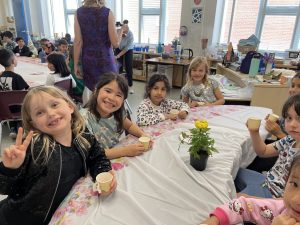 \
\ 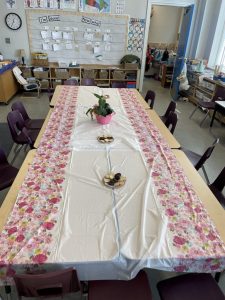
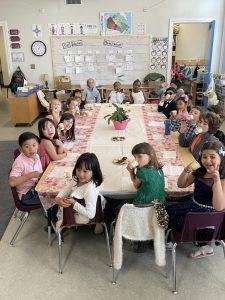
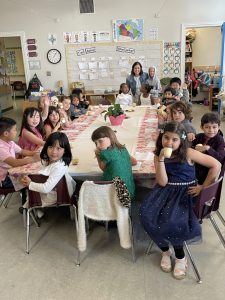
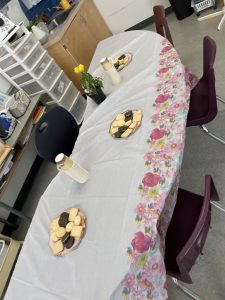
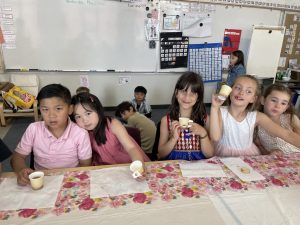
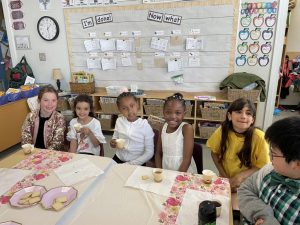
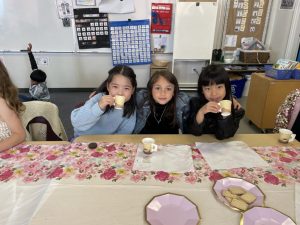
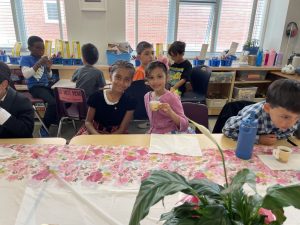
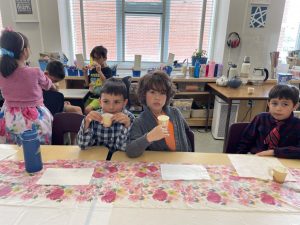
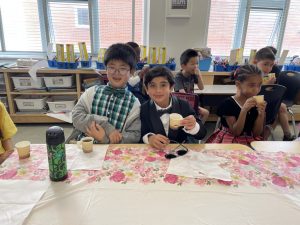
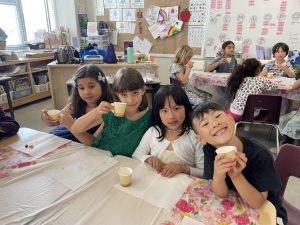
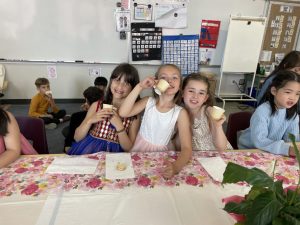
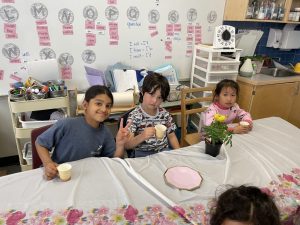
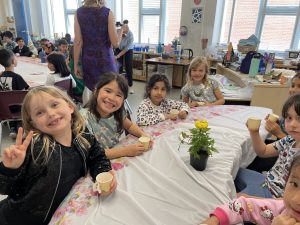
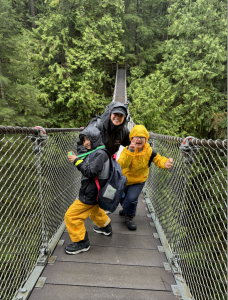
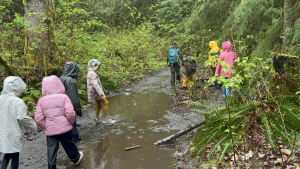
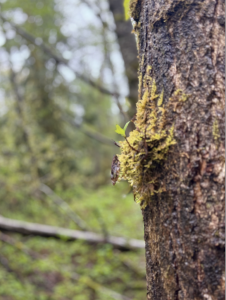
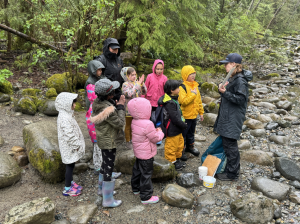
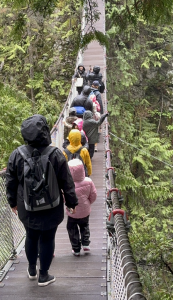
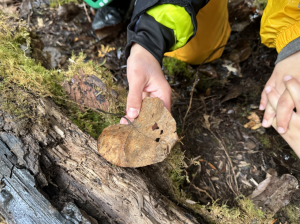
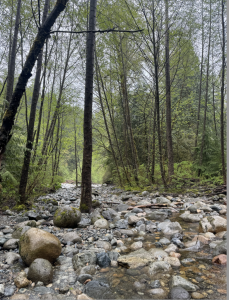
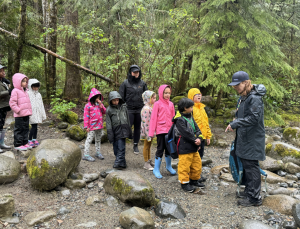
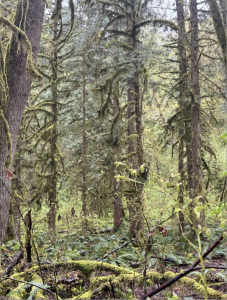
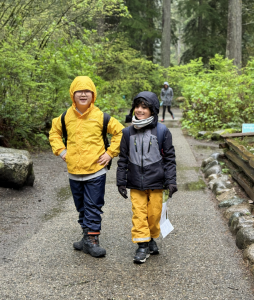
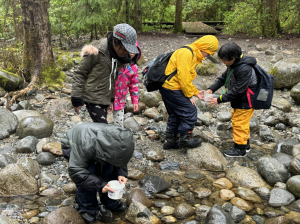
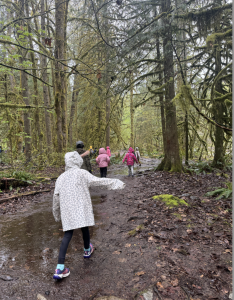
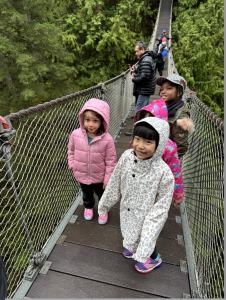
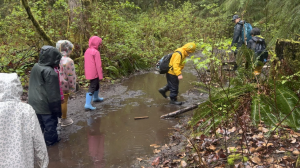
© 2025 Ms. Ballarin's Class
Theme by Anders Noren — Up ↑